On August 12. 2015. an explosion occurred at a hazardous chemicals warehouse belonging to Ruihai International Logistics Company in the Binhai New Area of Tianjin, China. The explosion registered a magnitude of approximately 2.9 on the Near Earthquake Magnitude scale (commonly referred to as ML), equivalent to 21 tons of TNT. According to statistics, this explosion caused damage to at least 10.000 vehicles near the epicenter, and as of 3 PM on August 25. 2015. it had resulted in 135 confirmed fatalities, all of whom have been identified. As relevant personnel conducted thorough searches of the accident site, it was discovered that there were 700 tons of Sodium cyanide (NaCN) in the explosion's core area, which is 70 times the legally permitted storage limit for such hazardous chemicals! The sudden appearance of such a large quantity of this dangerous chemical immediately raised concerns among various parties. What is Sodium Cyanide? What is sodium cyanide used for? How should relevant personnel handle the pollution caused by the sodium cyanide explosion? These are all questions of great public interest.
What is sodium cyanide?
Cyanides are known to be one of the most toxic substances, and many potent rodenticides contain cyanides. For a long time, Cyanides have been regarded by the public as the "king of poisons," capable of causing death upon ingestion. A person exposed to a large dose of cyanide can lose consciousness and experience cardiac arrest within 2-3 minutes, leading to rapid death. Cyanides are notorious for their swift and lethal effects. During World War II, the German army marshal Erwin Rommel, known as the "Desert Fox" and "Eagle of the Empire," took cyanide (potassium cyanide) to end his own life.
Sodium cyanide (NaCN) is a type of cyanide, appearing as white crystalline granules or powder with a faint bitter almond smell. Like all cyanides, sodium cyanide is highly toxic; contact with skin wounds, inhalation, or ingestion of even a small amount (5% of a teaspoon) can lead to fatal cyanide poisoning. Sodium cyanide can decompose in the presence of water under aerobic conditions, producing toxic gases such as hydrogen cyanide (HCN) and carbon monoxide. It can dissolve precious metals like gold and silver in the presence of oxygen, forming highly toxic chemical complexes. Additionally, sodium cyanide can react violently with nitrates and nitrites, potentially causing explosions. Despite its terrifying toxicity, the unique properties of sodium cyanide make it an indispensable basic chemical raw material in various fields, including machinery, electroplating, metallurgy, and pharmaceuticals.
What is the use of sodium cyanide?
According to the manufacturers of this batch of sodium cyanide, the 700 tons found in the explosion's core area are all intended for export. However, one cannot help but wonder: sodium cyanide is extremely dangerous, so why is there such a high demand for it? What is sodium cyanide used for? In fact, sodium cyanide is widely used in global industrial production, with the primary application being in gold mining. When it comes to gold mining, people may still associate it with the gold rush of the 19th century during the Industrial Revolution, but modern gold mining has changed significantly from the past.
Some may naturally assume that a gold mine must be filled with gold, but the reality is different: on average, there are only about 4 grams of gold in a ton of gold ore. There is hardly a gold mine in the world where pure gold (gold nuggets) can be directly extracted; what is mined is merely fine gold dust embedded in the rock. Therefore, it is essential to refine it. Driven by strong market demand and enticing profits, mining personnel will not easily overlook rocks with a gold content as low as 0.005%. To achieve a higher recovery rate (extracting more gold) from these ores, modern refining technology plays a crucial role, which provides a significant space for the use of sodium cyanide.
Typically, the gold refining process involves four steps: mining, ore dressing, smelting, and refining. The secret to extracting gold lies in the smelting and refining stages. After mining and ore dressing, the gold ore is ground into a slurry, and a certain amount of chemical reagents is added to the slurry. The chemical reagents then react quickly with the slurry, causing gold ions to attach to the surface of the bubbles in the slurry, resulting in what is known as "gold mud." Next, a specific proportion of sodium cyanide solution is added to the gold mud, and after high-temperature melting, the gold is magically separated from other impurities, becoming molten gold. The molten gold is then allowed to cool naturally, and it can be cast into gold bricks, bars, or ingots, completing the entire gold refining process. Thus, it is evident that sodium cyanide plays a crucial role in the intricate and complex procedures of gold refining, which is why the chemical industry extensively uses this hazardous chemical.
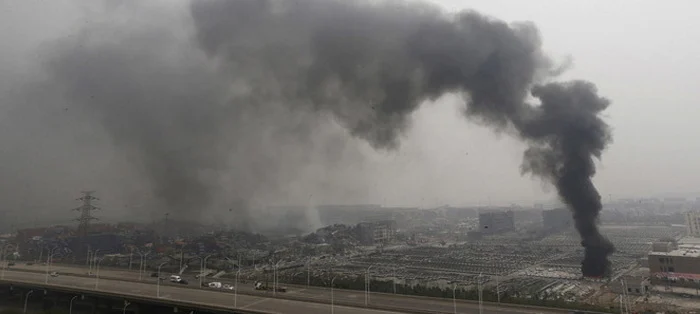
Image description: The thick black smoke emitted during the Tianjin Ruihai Logistics Company hazardous chemical explosion on August 12 envelops the entire sky.
How to respond to and handle sodium cyanide contamination?
Currently, relevant personnel have dealt with hundreds of tons of sodium cyanide at the accident site: they have detonated the exposed portions and sprayed hydrogen peroxide to neutralize it; for large areas of spillage, they have built a wall over one meter high with soil or sand to contain it; intact barrels have been promptly returned to the respective companies for proper handling.
There were rumors that the volatile gases produced by the explosion of large amounts of sodium cyanide at the accident site would become highly toxic upon contact with water, leading to widespread panic among citizens who were urged to avoid getting caught in the rain. It is true that sodium cyanide can produce the highly toxic gas hydrogen cyanide when it encounters acid, but this gas is very light and will quickly dilute in the air. Therefore, even if it rains, there is no need for excessive panic, as the concentration of hydrogen cyanide in the rainwater will have already been significantly reduced through dilution in the air, making it unlikely to cause harm to the human body. The chief engineer of the Tianjin Environmental Protection Bureau in China has also pointed out that all monitoring data for air, water, and soil in the surrounding area of the accident currently meets standards, and all data is accurate and reliable. He has urged citizens to return to their normal work and life as soon as possible. Relevant personnel have suggested that, as a precaution, local residents should avoid drinking from contaminated water sources and stay away from the sodium cyanide biotreatment area until the toxic gases have sufficiently diluted in the air to reach a safe level before entering.
- Random Content
- Hot content
- Hot review content
- Anionic/Cationic Polyacrylamide Flocculant PAM
- Booster(Detonating insensitive explosives)
- Sodium Metal, ≥99.7%
- Acetone
- Sodium Peroxide
- 2-Hydroxyethyl acrylate (HEA)
- butyl vinyl ether
- 1Discounted Sodium Cyanide (CAS: 143-33-9) for Mining - High Quality & Competitive Pricing
- 2China's New Regulations on Sodium Cyanide Exports and Guidance for International Buyers
- 3Sodium Cyanide 98% CAS 143-33-9 gold dressing agent Essential for Mining and Chemical Industries
- 4International Cyanide(Sodium cyanide) Management Code - Gold Mine Acceptance Standards
- 5China factory Sulfuric Acid 98%
- 6Anhydrous Oxalic acid 99.6% Industrial Grade
- 7Oxalic acid for mining 99.6%
- 1Sodium Cyanide 98% CAS 143-33-9 gold dressing agent Essential for Mining and Chemical Industries
- 2High Quality 99% Purity of Cyanuric chloride ISO 9001:2005 REACH Verified Producer
- 3Zinc chloride ZnCl2 for High Molecular Weight Polymers Initiator
- 4High Purity · Stable Performance · Higher Recovery — sodium cyanide for modern gold leaching
- 5High Quality Sodium Ferrocyanide / Sodium Hexacyanoferr
- 6Gold Ore Dressing Agent Safe Gold Extracting Agent Replace Sodium Cyanide
- 7Sodium Cyanide 98%+ CAS 143-33-9


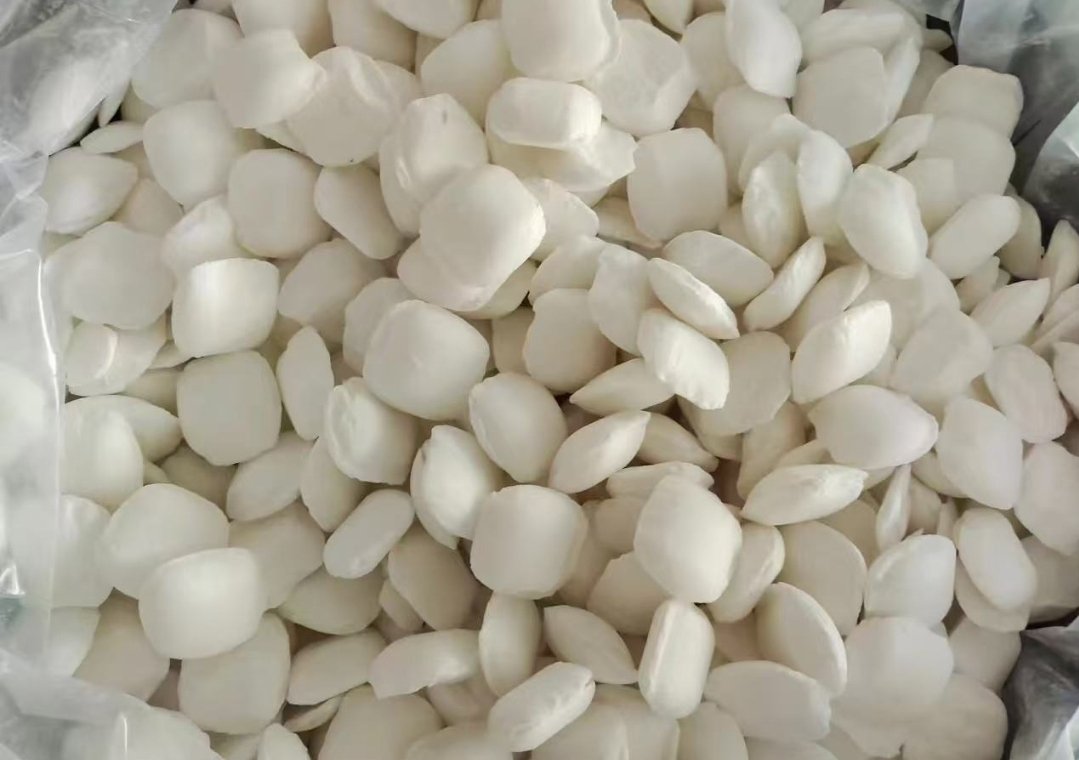
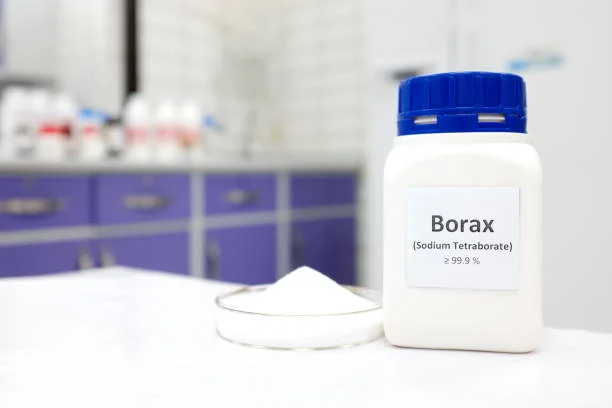
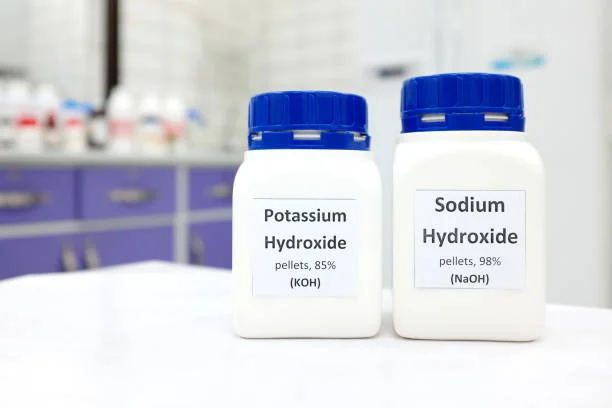
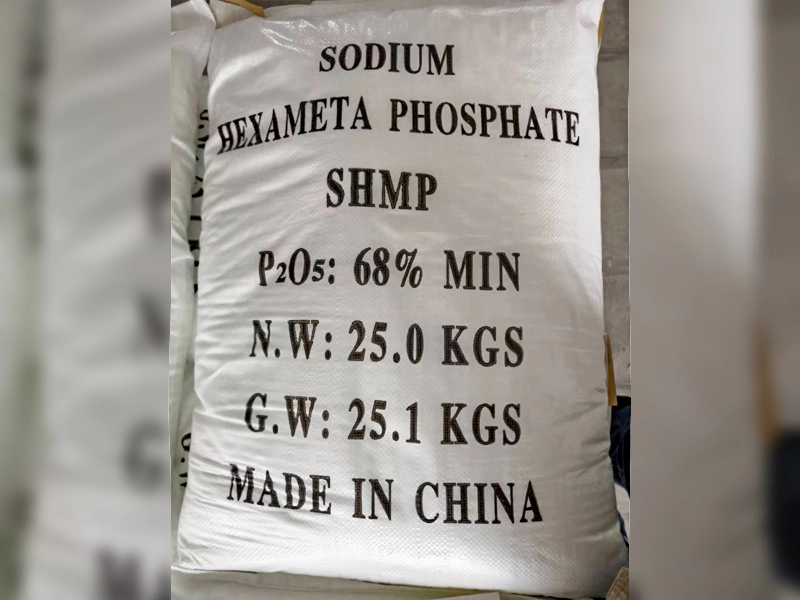


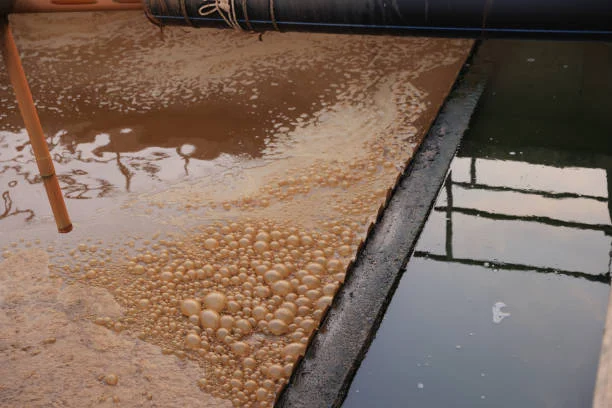


Online message consultation
Add comment: